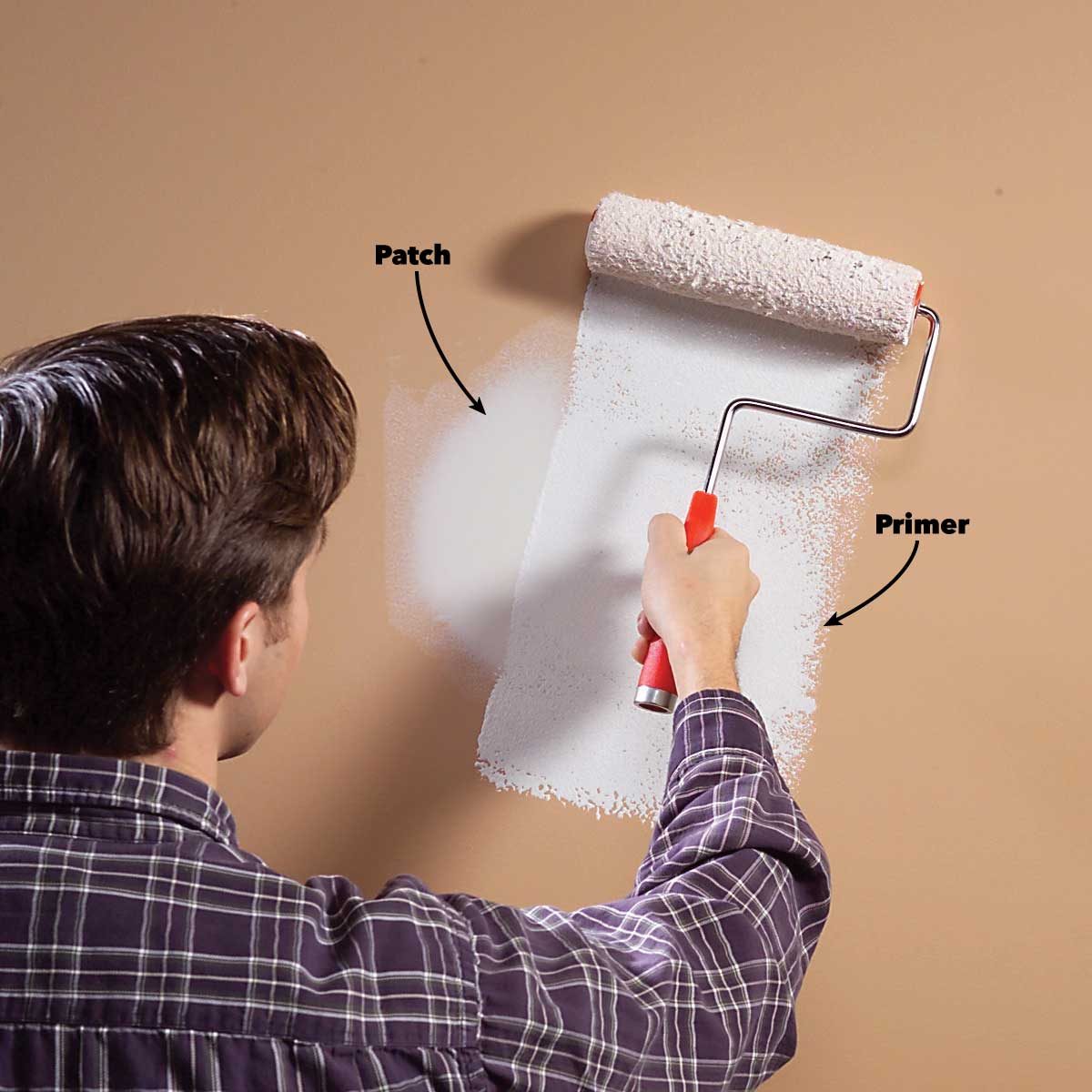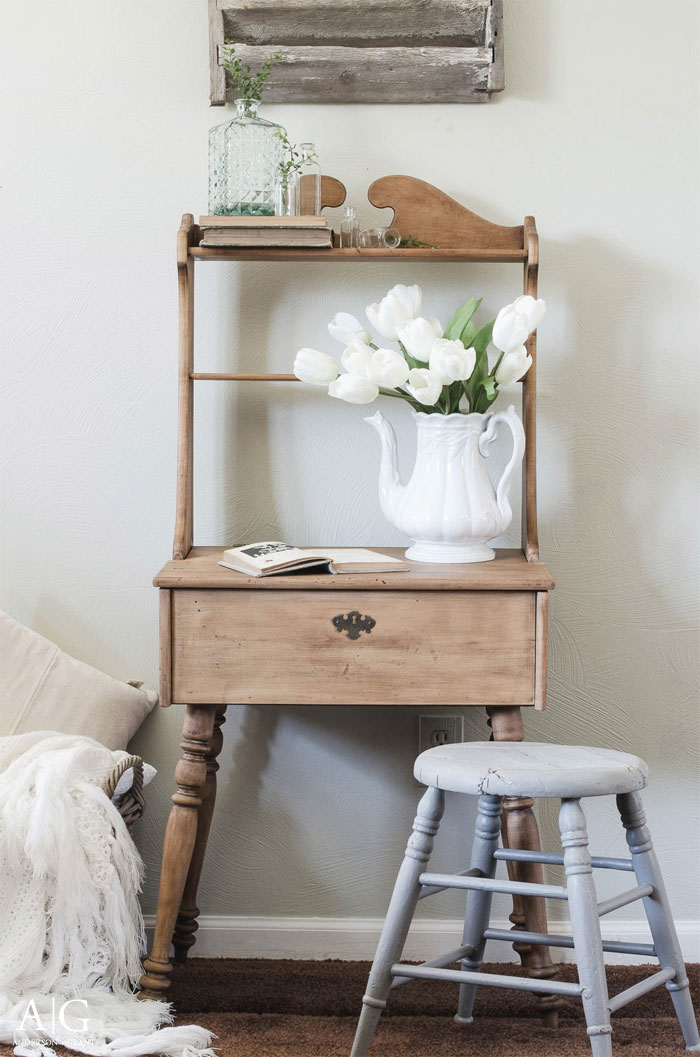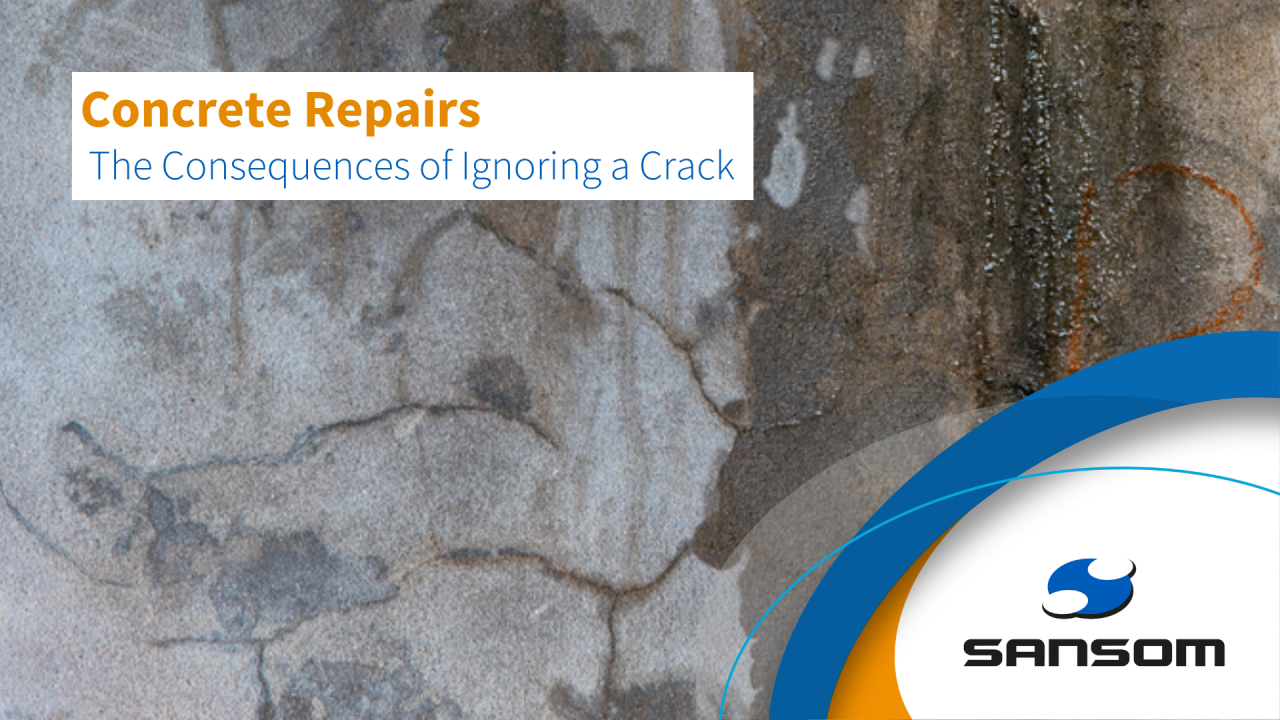

So you have newly shifted to a house and plan to paint it? Isn’t it an inconvenience to go through the struggle of choosing the paint and later dedicating an excellent time for it? Well, this could turn out to be much easier than you imagine it to be. Painting the house can lead to efficient investment in terms of the long-term value of your home. So you must hire expert Minneapolis painting contractors.
It can be a stressful task to paint the exterior of your house. But how often should you be maintaining the exterior of your house when it comes to painting it? It is said that people consider their homes to be one of their most significant assets. Hence, they don’t want to compromise over the effort of making their house presentable.
How often do you need to Paint your Home?
First impressions play a great role; the paint that is being used on your house and the quality of it is what attracts the guests first. If you are planning to sell your house, your potential buyers will be coming across the exterior of your house they lay their eyes on.
Suppose you are unaware of when to get your exterior maintained or re-painted. This article will serve as a guide for you to understand and analyze the symptoms of maintenance. Be aims to provide you with the best knowledge that helps you to act sooner rather than coming across costly damages.
-
Flaking, bubbling, or cracking paint:
Suppose you witness any signs of flaking or bubbling. It is likely due to dry rot, wet rot, or mold. These problems are often a result of failed weatherproofing. Make sure that strong sunlight, extreme humidity, and storms are not contributing immensely to the damage to your house.
-
Hardened caulk:
The function of caulks is to make the exterior of your house flexible with respect to the weather. Even so, there is a chance for your caulk to get hardened which prevents your house from expanding or contracting with ease.
As time passes by, the caulk will lose its function due to constantly being exposed to extreme weather changes. Check your beads every now and then if they seem rigid or difficult to press down. It is best to rely on an expert for re-caulking.
-
Fading paint:
It is common for the pain to get faded when exposed to UV rays. This function is often called sun bleaching. Suppose your house has dark hues. It has a chance to fade sooner. At the same time, pale colors or lighter tones don’t seem to fade that quickly.
In any case, you don’t want your house exterior to look faded or peeled dull for such concerns. You want to rely upon an option that is a suitable water-soluble material. It should be specially designed exteriors.
-
Patching stucco:
When it comes to dealing with damaged areas in a house, you don’t want to invest a lot of money. Just to re-stucco the entire house. It is better to patch stucco cracks and later re-painting them.
-
Because the paint color morphed:
After painting, UV rays cause the paint to fade and occasionally take on an undesirable tint. In a few weeks, beige may turn pink. Make sure the paint is outside quality and UV resistant to avoid that from happening.
-
To boost curb appeal:
Suppose you feel like your house was being fitted away from the original environment. It also tends to have longer stands out, rather than having popping moments among the surroundings. It is the best time for you to do a fresh coat of paint. This will make the house look a whole lot appealing and fresh in terms of value.
-
If your house is new:
On pre-primed wood, contractors typically spray one layer of paint. While reducing warpage at the lumber yard, that primer typically isn’t enough to stop swelling or shrinkage. Before installation, prime the wood if at all feasible. Then, to guarantee a good coat of protective paint, plan on painting a new home within five years before significant damage has happened.
-
Before paint chips or peels:
Make sure that the best time for you to choose a re-paint schedule is before it starts to be visible from the street. It is best to re-paint the house as early as the damage is minimal.
You want to cover up any damaged area, such as flying paint or caulking seals. For this, you need to be prepared before any paint starts coming off. This is directed towards saving costs and painting fewer coats.
Final Verdict:

The average home requires painting every seven to ten years, while the precise interval depends on the material and the area. For instance, conventional cladding requires painting more frequently than cement fiberboard siding, which has to be redone every 10 to 15 years. So it is important to hire an exterior painting contractor Minneapolis.
Stucco, vinyl, or aluminum siding has to be painted roughly every five years in locations with strong sunshine. It could be necessary to paint wood siding every three to seven years. Paint should last four to ten years on wood and twenty years on vinyl or aluminum siding in areas with moderate sunshine.




